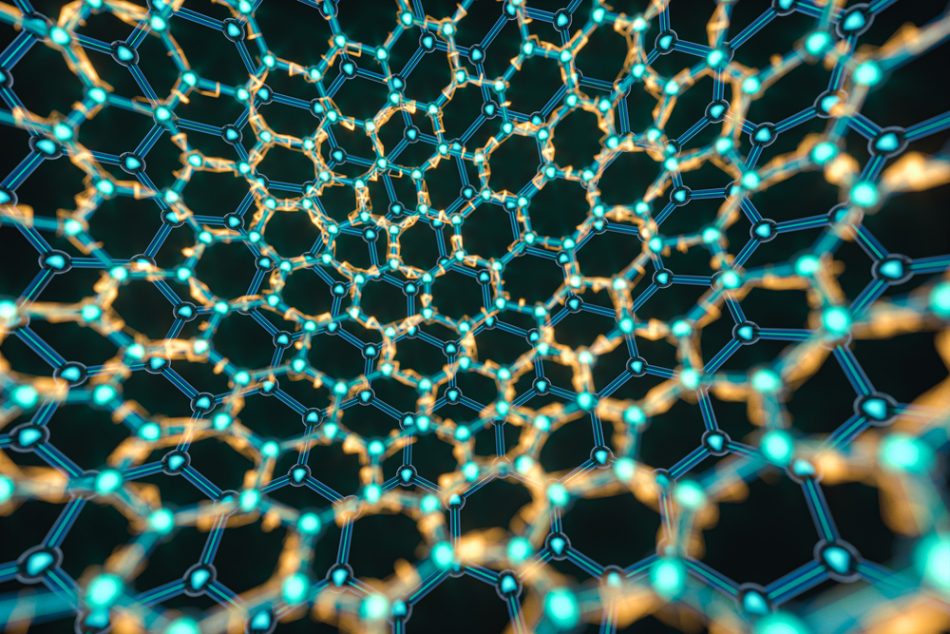
This smart skin is more sensitive than your fingertip
Nature has done an excellent job at creating the human's largest sensory organ, the skin, which allows us to feel heat, pressure, and humidity. However, a research lab at the Institute of Solid State Physics in TU Graz has invented a smart skin that can do all this and more, going above and beyond Read More...

This hydrogel helps stop cancer regrowth post-surgery
Being diagnosed with cancer is probably one of the most devastating experiences one can have. However, once tumors are successfully removed, living with the fear that some cancer cells may remain, regrow, and respread through the body is a particular torment for the patient, their loved ones, and Read More...

Injectable hydrogel can help chronic pain in joints
Most young people hardly think about their joints. They wonder why adults may groan as they pull themselves up from the couch, wince while climbing steep stairs, or say something along the lines of “oh, my knees!” at random—until, that is, the day inevitably comes when they experience joint Read More...

This super jelly can withstand extreme force
Scientists from the University of Cambridge have created a cutting edge, jelly-like material that can withstand extreme force. The strong yet squishy hydrogel was designed to be able to handle the weight of an elephant standing on it! The team designed this hydrogel to have a high water content Read More...

This new biomaterial can repair damaged organs
When a complex problem like organ damage arises, the solution generally comes from a wide range of experts. Scientists from McGill University combined knowledge of biology, chemistry, physics, and engineering to come up with a cutting edge technique in regenerative medicine. The group invented a Read More...

Sunflower pollen could provide tougher 3D-bioprinting ink
3D-bioprinting replacement body parts require the use of bio-inks that are not only biocompatible but are also strong yet flexible at the same time. Currently used materials, however, have a hard time supporting themselves, which means that they have to be printed with supporting structures that Read More...

This device connects to your fingertips to produce energy while you sleep
Earlier this year, we wrote about a breakthrough study from the University of Tokyo, where scientists invented a sustainable smart-watch battery that uses nothing but the wearer’s sweat to generate electricity. Following in the footsteps of that innovation, engineers at the University of Read More...

Lobster-inspired hydrogel could help build artificial tendons
Earlier this year, we shared a story about how lobsters are inspiring scientists to develop stronger 3D-printed concrete. In a similar manner, scientists are now turning to the intricate architecture of the crustacean’s underbelly to develop a strong and stretchy hydrogel-based material. The MIT Read More...

‘Micro-tree’ harvester purifies water and extracts it out of thin air
Water scarcity is one of the most challenging problems humanity faces. Water is floating in the air all around us and in our oceans, but despite having so much water on Earth, only a tiny fraction of it is actually drinkable — while the rest of it is either too salty, contaminated, or difficult Read More...

Solar-powered SmartFarm harnesses water from the air to irrigate plants
Wouldn’t it be great if we could harness the water vapor in the air to irrigate plants in areas with little precipitation? Well, that may happen sooner than you think thanks to a team of scientists from the National University of Singapore who have developed an experimental device that turns Read More...


